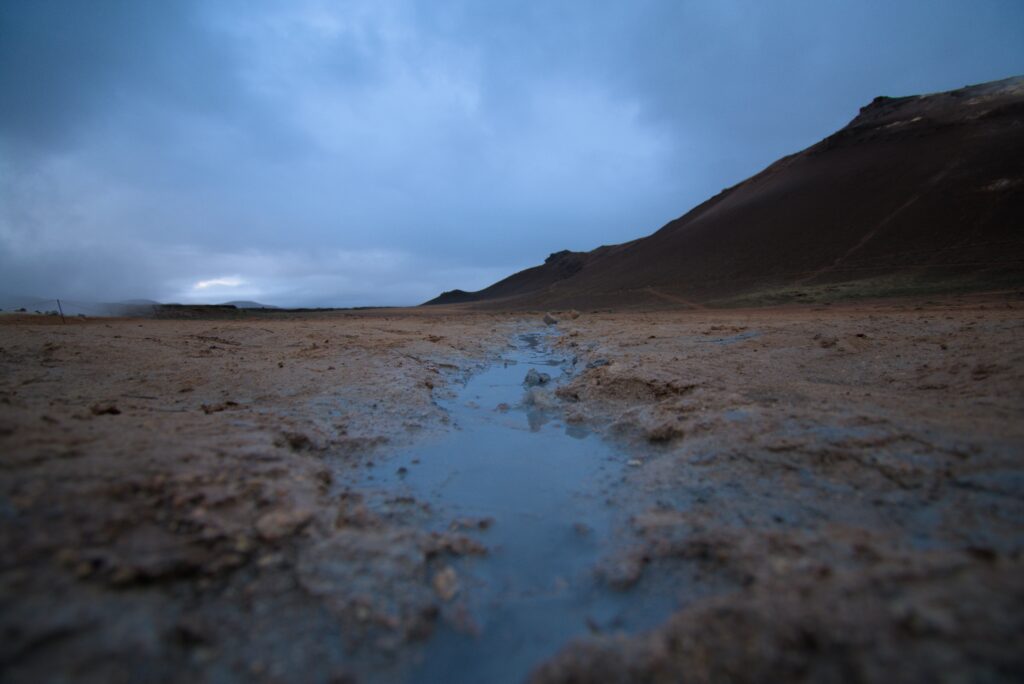
Lithium industry innovation is widely apparent, and P&ID is proud to be part of the ongoing development. While speaking at the International Battery Seminar & Conference, I was excited to hear the latest lithium supply chain innovations, especially as they reflected thinking I was already doing for my web-exclusive Chemical Processing column, Barry on Batteries.
Take conventional lithium mining. Traditionally lithium production involves mining of lithium-containing rock, such as spodumene. Lithium production from clay sources is also an important natural lithium source.
Yet, at the Battery Seminar, Ashish Patki of Livent Corporation, indicated bringing a mine to operation requires at least 5 years. Mining lithium from ores also requires a wide range of processes, higher energy consumption, and more material (making for a very costly and less environmentally sound process).
However, in my February column, I discussed the new technological approach of brine extraction from geothermal water.
Lithium brine deposits are accumulations of saline groundwater containing dissolved lithium. These high saline solutions are accessible directly from deep underground large saline expanses (salt lakes or salars) in very dry regions that allow salts to persist.
Methods for extracting lithium from brine are dependent on the particular chemistry found at each deposit. For example, the Salton Sea plants have brine with high concentration of dissolved solids minerals such as lithium, manganese, zinc, potassium and boron.
Lithium extraction from geothermal brine typically includes pretreatment steps to prepare brine for extraction, the lithium extraction process itself, and post treatment to remove impurities which result from the extraction.
Separating the minerals in the brine in this innovative approach requires a merger of mining and process operations:
- Underground mining brings the minerals to the surface in the geothermal waters.
- Process operations bring the minerals from the water into commercial products.
- Mining returns the water underground.
Process safety paramount
Throughout these stages, and in any effort at lithium extraction, process safety must remain a top priority. P&ID has long focused in this area. My article on safely mothballing and decontaminating chemical plants highlights this.
Still, with such a long and complex list of chemicals needed to make lithium-ion batteries, I have also written for Chemical Processing about the need for operators and process engineers to gain expertise in how to safely produce these battery materials and chemicals.
As chemicals process operations transform the minerals into pure “battery-grade” materials, there are many types of equipment technology to work with. Many are designed today to eliminate operator exposure (e.g., agitated nutsche filter-dryers or fully enclosed filter presses).
I further outlined the importance of:
- Designing vacuum belt filters to allow for inert-gas purging as well as contained solids discharge
- Isolating centrifuges from the operating environment
- Using plate filters and candle / tubular filters as an alternative to disposable manual bag and cartridge filters for low solids or liquids processing
- Designing dryers and vacuum systems for full recovery of vapor dusts, solvent-ladened gas streams, and final product dusting
For solids handling, there are also many systems available for charging of solids into vessels (powder pumping), solids discharge (isolation and rotary valves, liners), and solids conveying (pneumatic and pressurized screw conveyors).
The instrumentation that surrounds all of this equipment can also support sophisticated techniques for monitoring and preventing exposures.
P&ID is in a unique position to provide guidance in this circular and sustainable market. Please contact me if I can help with your individual objectives and unique challenges.

